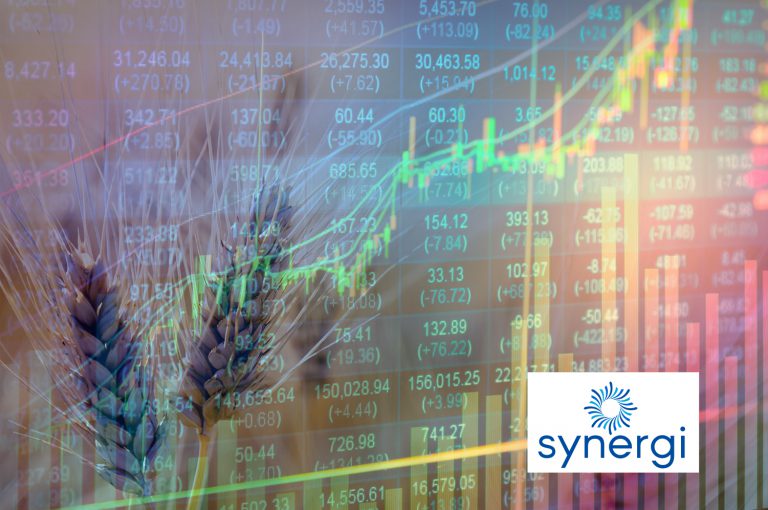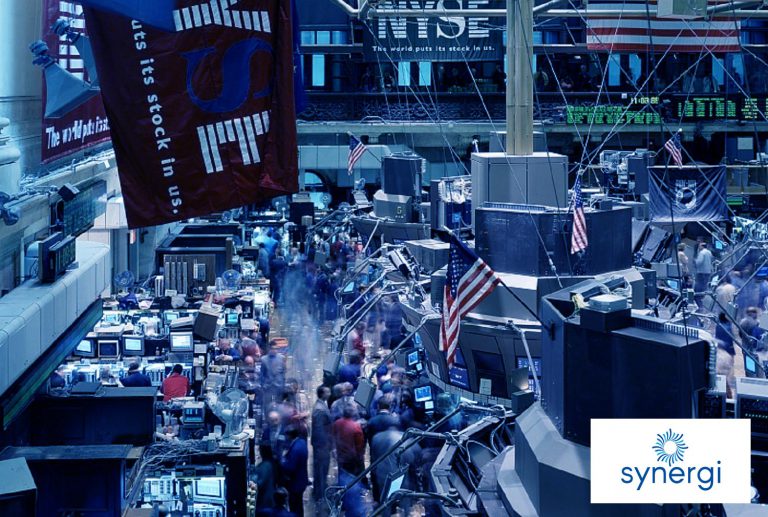FINANCIAL WEEK IN A GLANCE: are there any positives?
A late-day rally lifted US stocks on Friday, after another week-long sell-off sent the S&P 500 briefly into bear market territory. The broad measure ended the session little changed after earlier falling as much as 2.3%, bringing it more than 20% below its 3 January all-time high — the technical definition of a bear market.
The tech-heavy Nasdaq 100 Index slid 0.3%, while the blue-chip Dow Jones Industrial Average was little changed. The S&P 500 ended down for a seventh straight week, its longest weekly losing streak since March 2001, while the Dow Jones Industrial Average notched its eighth straight week of declines, the longest stretch since 1923. The only other two occasions when the S&P 500 has had as many down days of over 1%, year to date, are 2009 and the 1930s.
Tech stocks dragged the market lower, but concerns about consumer demand and disappointing earnings reports this week, helped send shares in Walmart Inc. and Target Corp. to their worst drop since 1987.
This morning sterling is stronger trading at 1.26 against the US dollar after spending the middle of May closer to 1.20. Strong UK employment data also helped boost the pound.
The UK economy added more jobs than expected in April, reversing earlier signs that demand for labour may be losing steam. The number of employees on payrolls increased by 121,000 over the month.
Brent oil remains elevated at $110, having been on a rollercoaster this year – starting 2020 at $79, peaking at $128 in March and now oscillating between $100 and $120.
Bitcoin recovered from some weekend weakness to trade around $30,000.
Looking back on Friday, investors favoured defensive sectors like pharma and telecoms and shied away from consumer exposed names following the weak earnings reports from Walmart and Target which suggested that consumers were tightening their belts and that retailers were struggling to pass on rising costs.
Ross Stores, which is the main US peer to TJ Maxx, fell -23% after its earnings missed. John Deere, the tractor maker, also fell sharply after it cited supply chain issues as the reason it missed its revenue expectations.
Today Asian markets were broadly higher although the Hang Seng ended down -1.2% on a sell off in tech stocks following reports that big technology firms are laying off staff.
That said, to end on a more positive note, S&P 500 futures are currently being priced to open up +1% and both European and UK markets were up around +1% yesterday.
It can be argued that the back half of this year will look a lot more positive for sentiment: easing annual comps will see many pandemic beneficiaries return to strong growth in Q3 and Q4, inflation should mathematically fall as the one-time spike in energy prices falls out the numbers and China should have resumed normal economic activity, alleviating supply chain and inflationary pressures.
Stocks:
- S&P 500 futures rose 1.20% as of 7.15 am in London. The S&P 500 was little changed Friday
- Nasdaq 100 futures advanced 1.40%. The Nasdaq 100 fell 0.30%
- Topix Index rose 0.90%
- Australia’s S&P/ASX 200 Index was little changed
- Kospi Index rose 0.20%
- Hang Seng Index fell 1.30%
- Shanghai Composite Index fell 0.10%
- Euro Stoxx 50 futures rose 1.50%
Currencies:
- The Bloomberg Dollar Spot Index fell 0.30%
- The Japanese Yen was at 127.88 per Dollar
- The offshore Yuan was at 6.6684 per Dollar, up 0.50%
- The Euro was at $1.0599, up 0.30%
Bonds:
- The yield on 10-year Treasuries rose six basis points to 2.84%
- Australia’s 10-year bond yield rose two basis points to 3.33%
Commodities:
- West Texas Intermediate Crude rose 0.80% to $111.14 a barrel
- Gold was at $1,854.52 an ounce, up 0.40%







